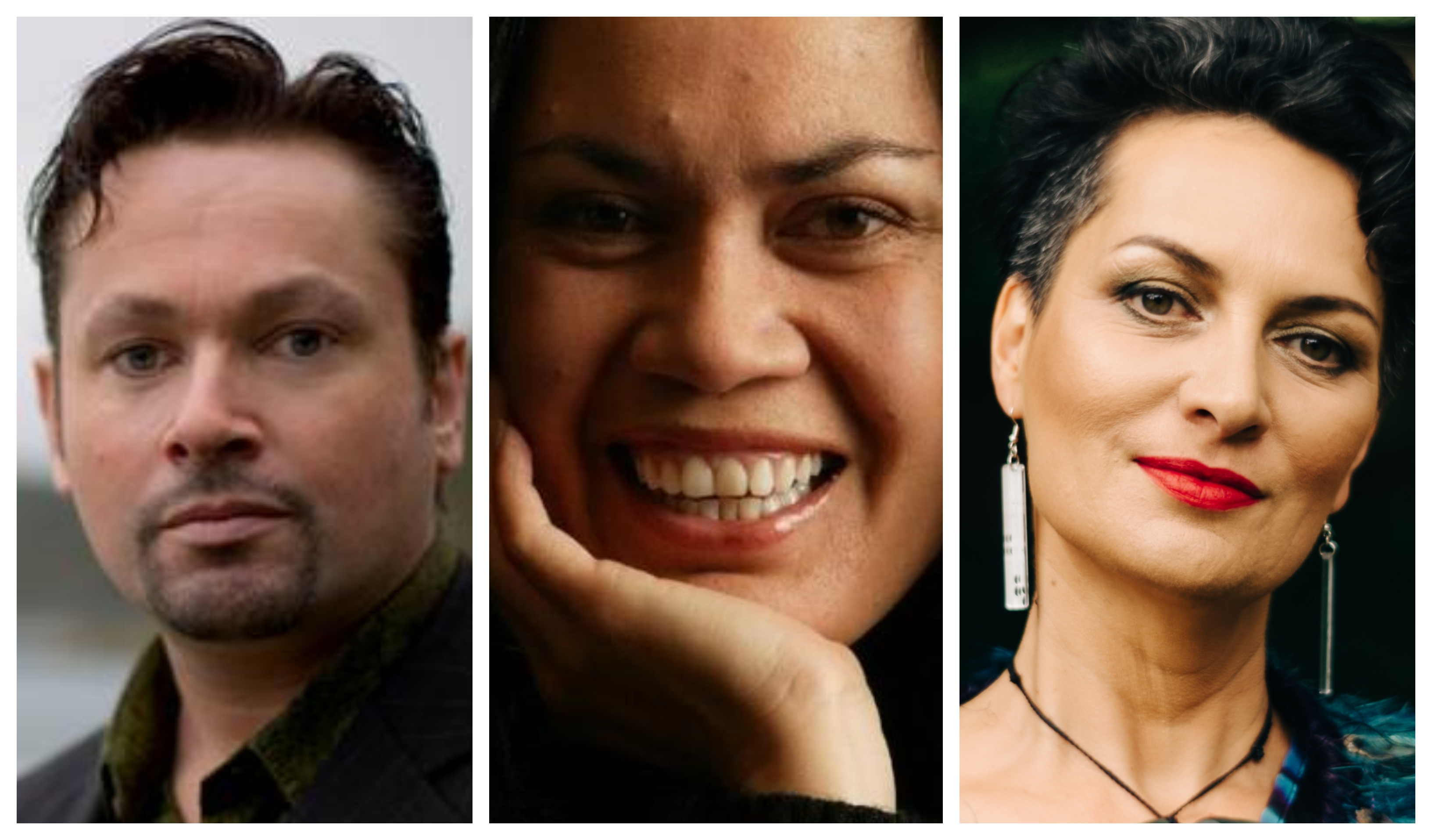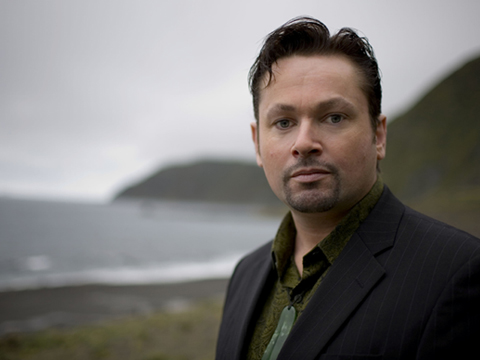We caught up with composer Gareth Farr before the premiere of his new work Ngā Hihi o Matariki. It will be performed in Auckland (July 2) and Wellington (July 9) by the New Zealand Symphony Orchestra, with Mere Boynton and Ariana Tikao, conducted by Gemma New.

L to R: Gareth Farr, Mere Boynton and Ariana Tikao
Congratulations on completing this massive project. It must be an incredible experience to see it come to life after so much work. How are rehearsals going?
We ended up only having one day of rehearsals because of going to COVID Level 2, but it was an amazing day. The process of writing such a large work, and having the big responsibility of being the only piece on the programme inevitably leads to a sometimes stressful working environment and to hear the piece finally become real music was utterly thrilling, and I immediately felt this enormous weight lift from my shoulders. I fundamentally knew I could trust the amazing performers I am lucky enough to be working with, but there’s always that little voice saying “What if it sounds terrible? What if you messed up the orchestration?" … etc etc. Well I didn’t!
Can you tell us a bit about Ngā hihi o Matariki?
Ngā Hihi o Matariki comes from the Māori proverb 'Kua haehae ngā hihi o Matariki’ - ‘The rays of Matariki are spread’. This is spoken when Matariki is seen bright in the night sky, and the rays of its various stars carry messages for the people. Each star has a particular significance in Māori culture, and I have assigned one star to each movement (pairs of stars for Mvt 1 and Mvt 3) to make up the 7 movements of the piece. The music then follows the general idea of what each star means, although the only ones that are fairly literal are movement 4 - rain/storm/shelter - and movement 7 - joy.
You collaborated with Ariana Tikao (taonga pūoro), Mere Boynton (kaikaranga), Khali Meari and Pekaira Rei. How has their contribution and guidance shaped the piece?
They were absolutely crucial - I couldn’t have done it without them. Ariana and Mere are the heart of the piece, and although they are only in two movements (mvt 3 and mvt 5) they represent the whole kaupapa (concept) of the work. The kupu (lyrics) are a collaboration between them and Khali and Pekaira, our advisors on Te Reo Māori and Māori tikanga. Their performance is a combination of improvisation, singing/chanting in a traditional style, and singing notes and harmonies specifically written by me.
Have you incorporated the various Matariki stories in this piece?
No stories - I’ve just let the general kaupapa of each star guide me in writing that particular movement.
What are the challenges of writing a big, long form orchestral piece like Ngā Hihi o Matariki?
Massive. I needed to ensure that there was a journey from beginning to end with no movement sounding out of place. One of my dislikes of the traditional symphony is the pause between movements, where the audience coughs, talks, and generally makes noise, destroying any sense of drama and energy the piece has built up to that point. All my movements run seamlessly into the next.
